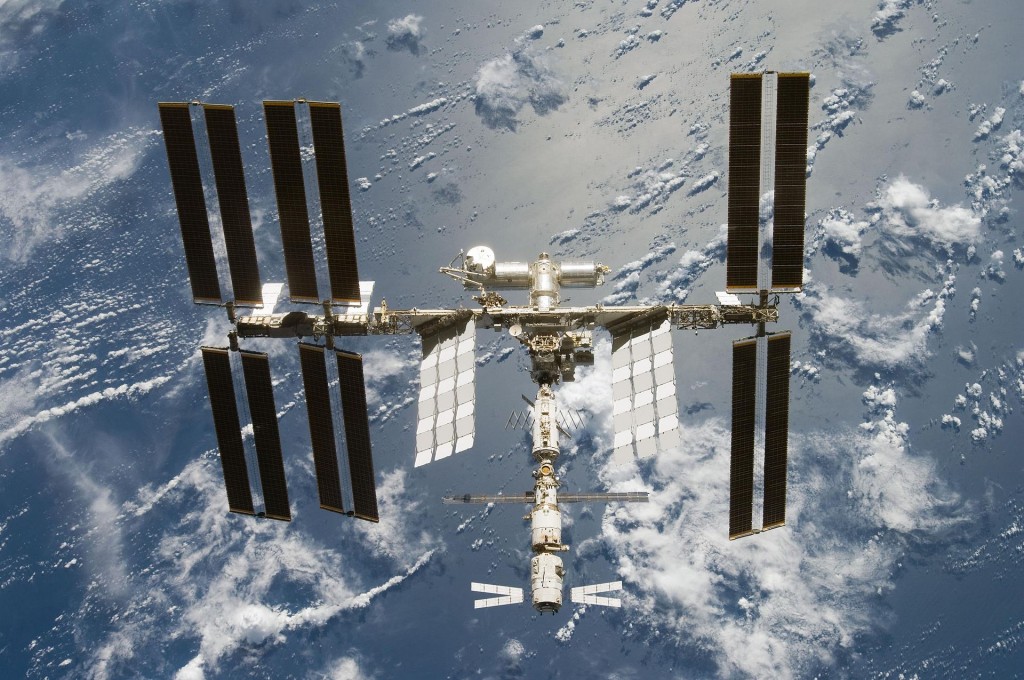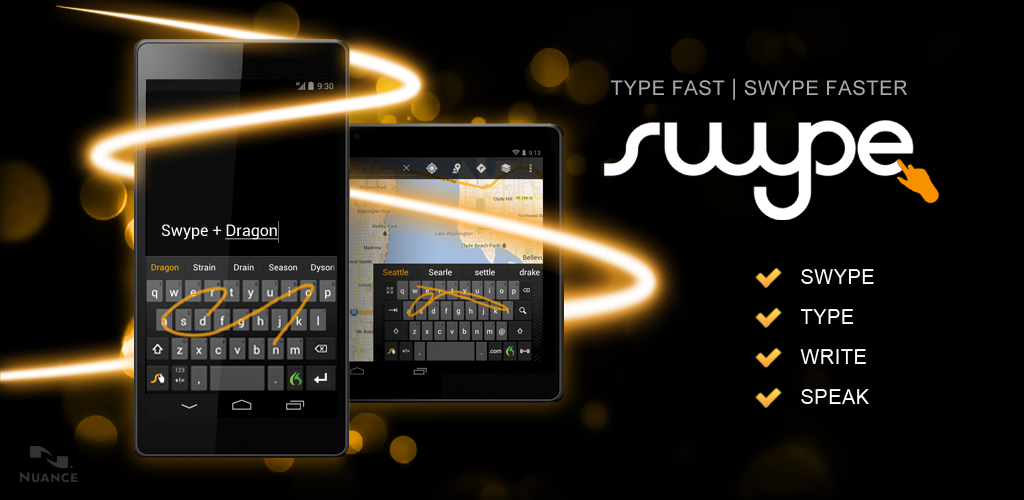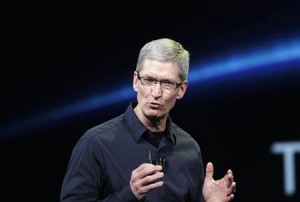e-News® | The NEWS Company… : Boeing and SpaceX have received contracts to develop a new fleet of American spacecraft for NASA. The companies will spend the coming three years and $6.8 billion ($4.2 billion for Boeing and $2.6 billion for SpaceX) in funding from the agency working towards certifying their ships to carry astronauts to the International Space Station, a goal they’re expected to hit in 2017. Boeing will work with its CST-100 capsule, while SpaceX — a younger company founded by Tesla entrepreneur Elon Musk — will continue to test its own Dragon capsule. NASA will oversee a series of performance tests for both companies, including a test flight with a single astronaut on board.
A maximum of six missions may be approved as part of each contract, and funding was awarded based on their proposals; SpaceX might be getting less than Boeing, but they’re both expected to reach the same goals. “To achieve NASA certification in 2017, they must meet the same rigorous safety standards we had for the Space Shuttle Program,” said agency head Charles Bolden.
NASA made the announcement today at the Kennedy Space Center in Florida, after heated speculation about which company or companies would be chosen. It’s the latest step in the commercial crew transportation partnerships that it began exploring as the space shuttle program wound down. In 2011, after a round of smaller preliminary grants, NASA gave a total of $270 million to Boeing, Jeff Bezos’ Blue Origin, SpaceX, and Sierra Nevada Corporation, which were asked to work towards “safe, reliable, and cost-effective” ways to get astronauts to space. Ultimately, the final craft will provide an American alternative to Russia’s Soyuz capsules, on which NASA currently rents seats for its astronauts. The latest contract, which will last until 2017, provides six seats for $424 million. But political tensions with Russia have made this an uneasy bargain. It suspended relations with Russia’s space program during the Ukraine crisis in April, and companies like Boeing have leveraged international conflict to push for more rocket funding.
Private companies have already begun to deliver supplies under contract with NASA. SpaceX’s Dragon capsule became the first commercial craft to dock at the ISS in 2012, and Orbital Sciences Cygnus craft followed in 2013. SpaceX’s fourth resupply mission — which, among other things, will send the first 3D printer into space — is scheduled for this Saturday, September 20th. NASA, meanwhile, is putting its own resources towards the Space Launch System, a large rocket capable of deep space exploration. The SLS is supposed to propel a crewed mission first to an asteroid, then to Mars sometime in the 2030s. It’s supposed to make its first test flight by November of 2018, and NASA just went through a “dress rehearsal” for recovering the capsule from the ocean. “As research takes place in Earth orbit and the companies refine these new space transportation systems, we at NASA will be working just as diligently readying our new heavy-lift rocket,” said Bolden






































